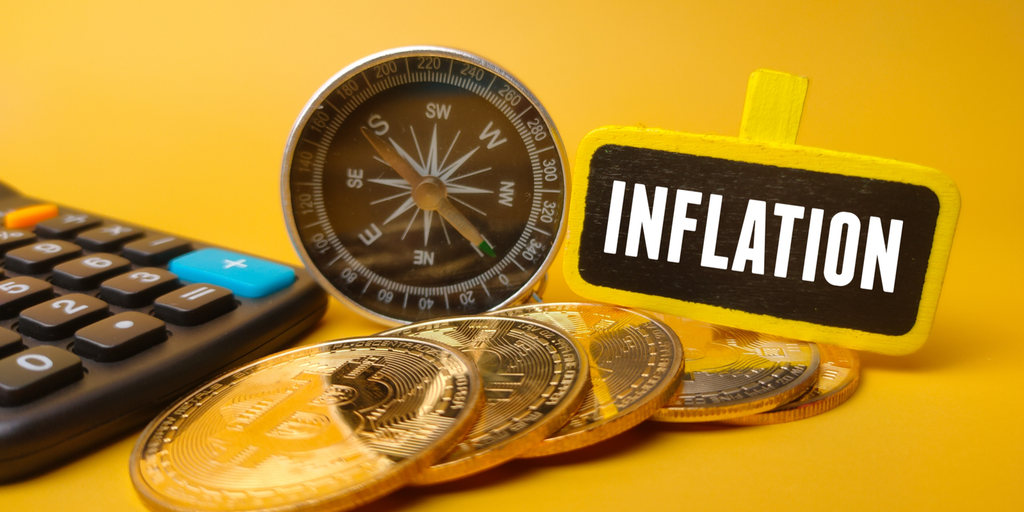Bitcoin, Ethereum push higher as inflation slows to 4.9% in April

Cryptocurrency prices rose on Wednesday after a closely watched U.S. inflation gauge suggested the Federal Reserve’s fight against skyrocketing prices is making progress.
The consumer price index rose 4.9% in the 12 months to April, the Bureau of Labor Statistics (BLS) said on Wednesday, coming in slightly below economists’ estimate of 5%.
On a monthly basis, the index, which tracks price movements across a wide range of goods and services, rose 0.4% in April compared with a 0.1% rise in March and a 0.4% increase in February.
Bitcoin was up 1.4% in the past 24 hours, snapping weekly losses of 1.8% to around $27,900, according to CoinGecko. Ethereum was also in the green, with a 1.6% daily gain, reversing a weekly downtrend at $1,870. Meanwhile, the global crypto market cap was $1.2 trillion – up 0.8% from the previous day.
Regarding the impact that Wednesday’s CPI print had on the crypto markets, CEO of Wave Digital Assets Nauman Sheikh told Decrypt a lack of liquidity is likely at play, pointing to market players such as Jane Street and Jump scaling back.
“Liquidity has just fallen off a cliff, so any market impact on the way up on the way down will be a bit more exaggerated,” he said. “There’s no depth in the market, which means any little pressure on either side is just going to be exasperated.”
The index’s increase in April was largely driven by a jump in home prices, which grew 0.4% month over month, the BLS said. But the measure represented a noticeable decline compared to monthly increases of 0.6% in March and 0.8% in February.
The report indicated that core inflation, which strips out volatile food and energy costs, rose 5.5% in the 12 months to April, down from 5.6% in March.
For the most part, inflation has steadily cooled down in recent months, significantly down from a starvation 9.1% cut in June last year. The latest report nevertheless showed that annual inflation remains well above the Fed’s target of 2%. And the US central bank has pushed interest rates aggressively in response to rising prices. It has raised interest rates to the highest levels since 2007, and is delivering 10th in a row rate hike last week.
Higher interest rates cool the economy because of their ripple effects, affecting the costs associated with credit cards and mortgages. They also weigh stocks and other “risky” assets, such as crypto, making the yield on cash reserves and US Treasuries relatively more attractive.
The Fed risks tipping the US economy into a recession if it raises interest rates too quickly. And signs of stress appeared in the financial system when several banks collapsed in March. The turmoil continued when First Republic Bank failed last week. Now a potential debt ceiling crisis is looming.
When the Fed decided to raise interest rates last week, Chairman Jerome Powell indicated that there could be a potential pause. But he said the central bank would wait and see how the economy performed before making a decision at the Fed’s next meeting in June.
“The fact that [inflation] is within expectations, slightly better for the annual rate, it means the Fed is likely to stop, Kaiko analyst Dessislava Aubert said Decrypt“Because the current banking crisis in the US basically makes traditional tightening less necessary – banks are already tightening lending standards.”
























